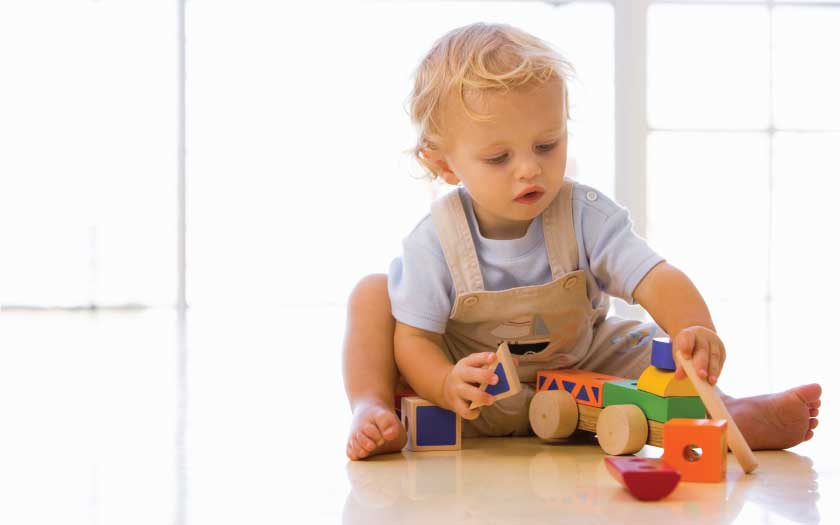It is fascinating to observe toddlers, especially when parents are on the lookout for milestones in growth and development. However, there are also some lesser-known facts about toddlers that you probably haven’t even heard of! Here are some of them.
New words everyday
The average 2-year old is not only quick to run off in any direction whenever he has the chance, but he’s also adding on five new words on average, each day to his vocabulary. No prizes for guessing where the little one is picking up those words from — Yes, that’s right, his surroundings. Anything that speaks or makes a sound is a fair game for learning new words, including conversations around him, the TV programmes he watches, etc.
Wow, that’s one brainy kid
Toddlers between the ages of one to two years of age are found to develop a new connection between brain cells every second! In fact, by two years of age, junior will have over 100 trillion synapses, the most he will ever have throughout his lifetime. This is why toddlers learn anything you teach them so quickly. By the time he reaches adulthood, 50% of these neural pathways will be adamant due to monotony in everyday life and the slowing down in learning new things.
They hear everything
Although it may seem like junior can’t hear you, don’t be too quick to judge! The fact is, toddlers have far better hearing than adults. As they grow older, things like noise pollution somehow decrease their hearing sharpness. Did you know that adults tune out certain high frequencies that children have not learned to block out yet?

How many steps on average does a toddler take in a minute?
The answer is, a hundred and seventy-six!

Not a vain pot yet
A toddler does not tend to care about how he looks, hence he cares not if his outfit matches his shoes or if his shirt is buttoned correctly, and so on. This is why parents have a hard time trying to fix their little ones’ appearances to impress company or even just to make them appear more presentable. If you do, prepare for wailings and protests!
Why not, mama?
The average 4-year old loves to question everything. He will ask more than 400 questions a day! Parents of little ones will have to simply be patient for the continuous “what?”, “where?” and most of all, the universal favourite, “why?”.
Enrichment centers — Don’t write them out!
Many parents still argue about the relevance of early education centers and also enrichment centers. Understandably, parents may wish to be with their little ones at all times, but research proves that high-quality child care with the experience of early education and/or enrichment is beneficial to a child’s overall development and future success, especially in these ever-evolving times.

A toddler’s kneecaps are made of cartilage and will only start turning into the bone at about the age of three.
A growing food trend — are you part of this?
A large chunk of the overall profits enjoyed by popular fast food companies come from the sale of their kids’ meals. This means that there are still too many parents out there who are not aware of the detrimental effects of fast food on their children’s health and development! Be aware of what you feed your growing toddler, for he will need plenty of nutrients to reach his full potential, mentally and physically, and these simply do not come from fast foods, but rather, from nutritious meals made from wholesome ingredients.
Language development stages
A child develops language following four basic stages. It starts with babbling, followed by a single word. This is followed by using two words, and finally, putting many words together to form full sentences. In a normal child, this is a fairly predictable pathway, just as other developmental milestones, and can be used to check if a child is on the right track for proper speech development.
A directional pattern in early physical development
The way a small child undergoes physical development is rather interesting, for it follows a top-down process starting at the head and moving down to the toes. Also, the center of the body develops before the extremities, where else the large muscles develop before small ones.
Left or right-handed?
Before the age of two or three, little ones are ambidextrous and it isn’t until around then that they start to favor using either their left or right hand. This makes people wonder why 90% of kids are right-handed! While we’re still in the dark about that one, many experts agree that it might have something to do with social norms. In cultures where left-handed individuals are seen as awkward or even unacceptable, like eating with one’s left hand, for instance, there are even fewer left-handed individuals.
Featured image source: iStock


